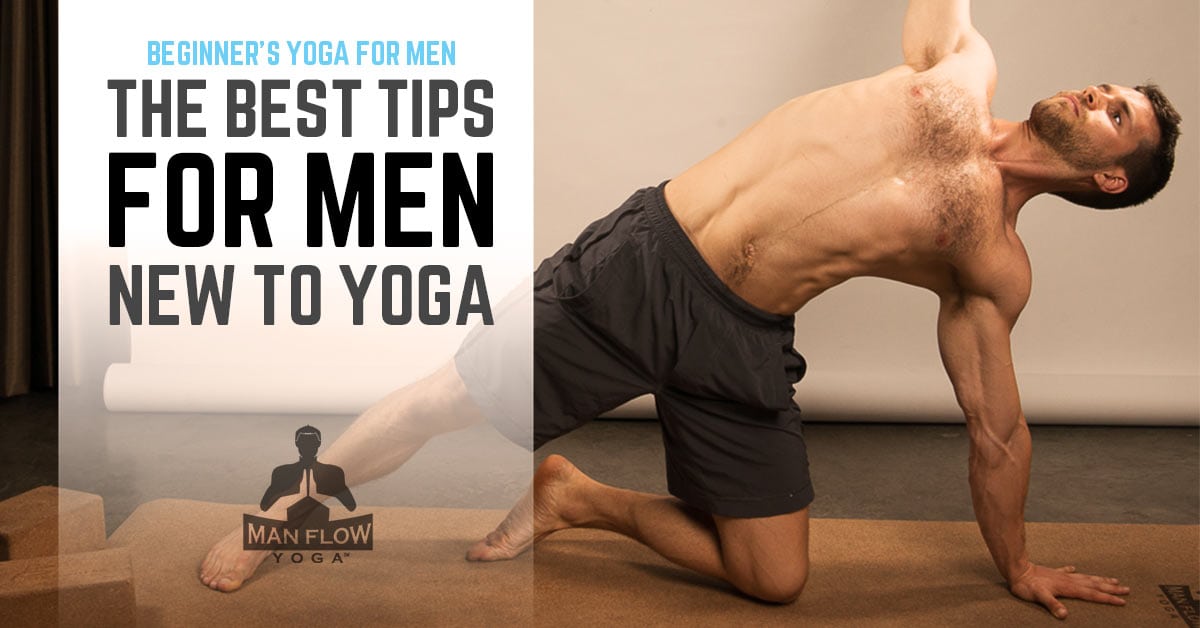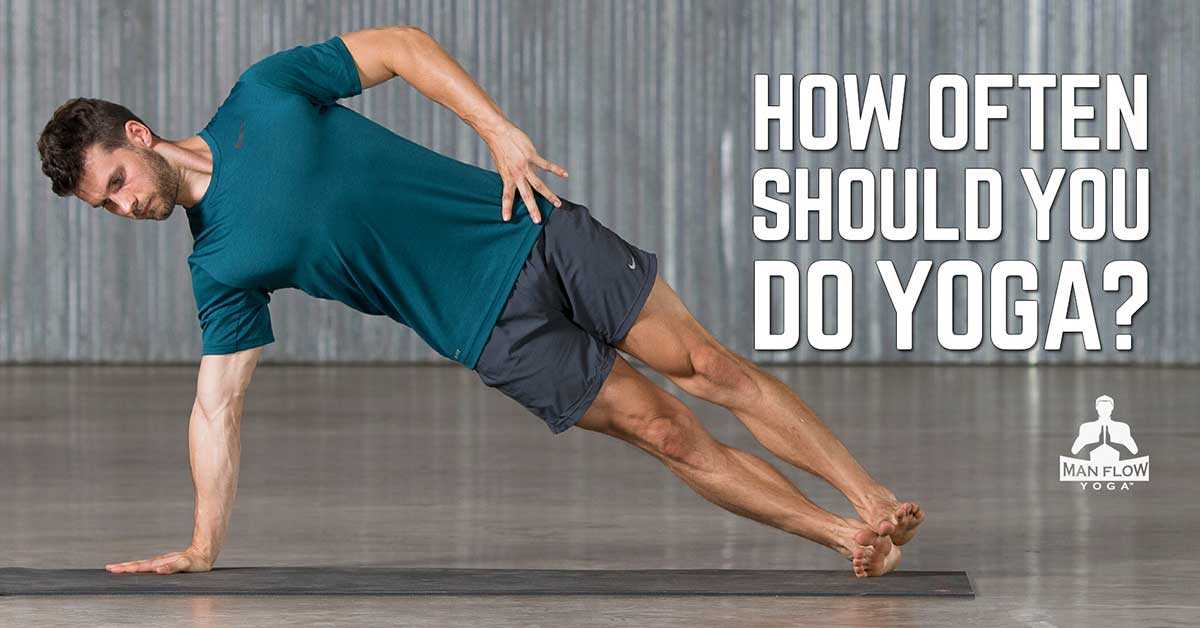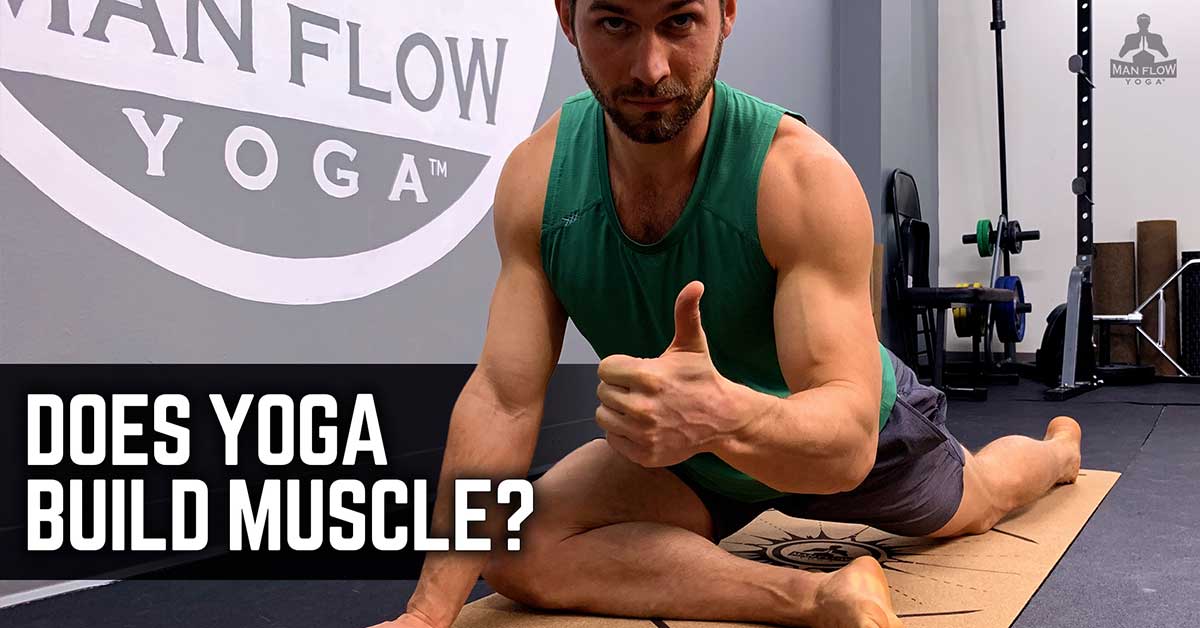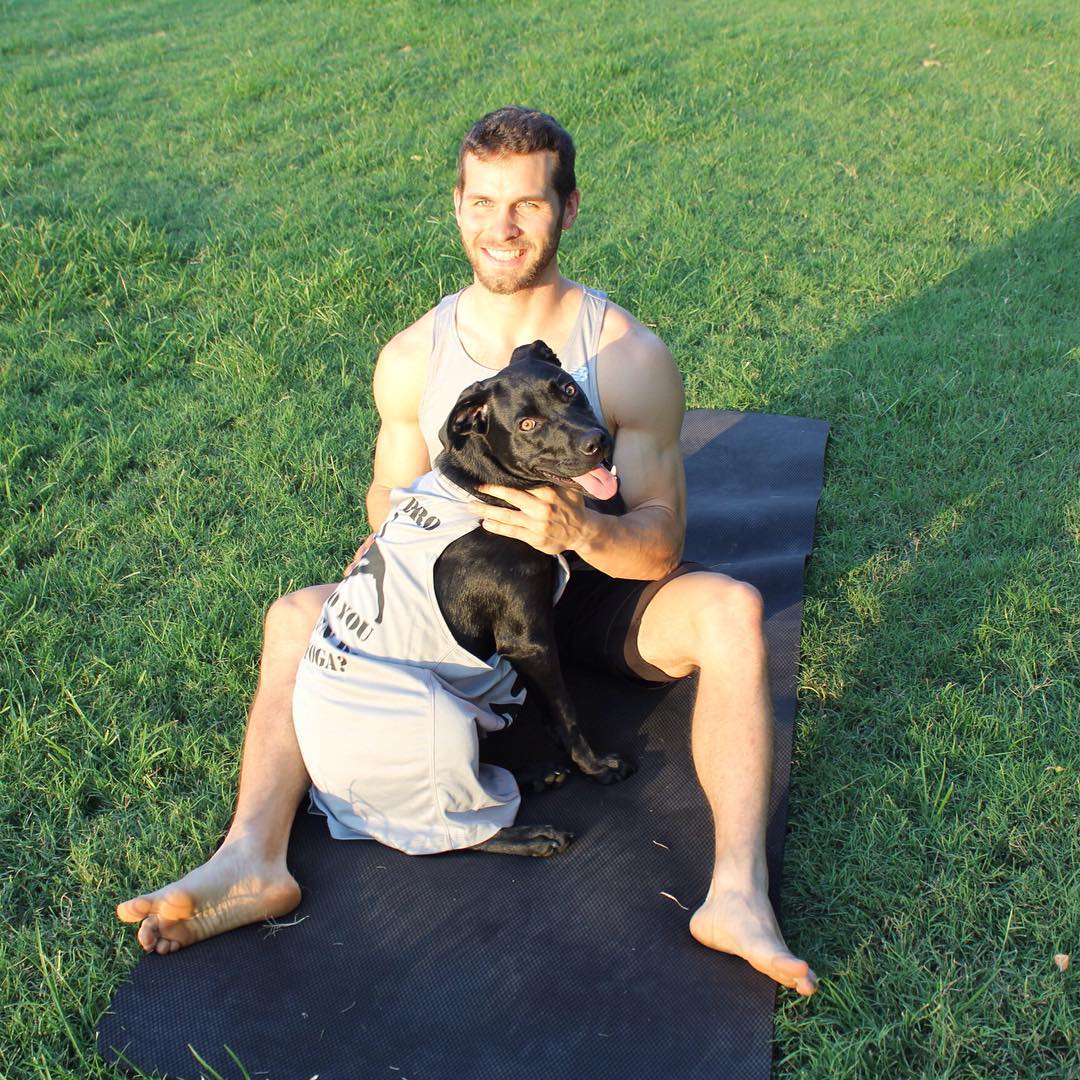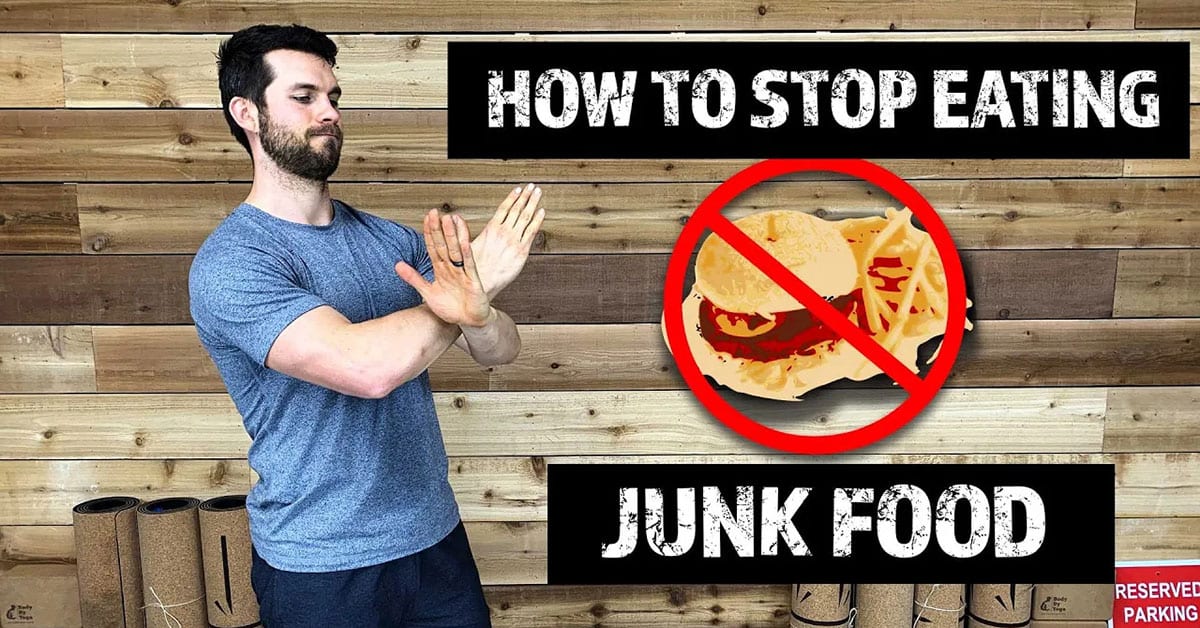In January of 2020, I’ve been doing a Challenge on building better habits, and one of the challenge participants suggested that I included some personal stories about my own habit formation. So here goes…
Here’s the 1 action I took that led to quitting junk food… for good
The one big action I took to get rid of the habit. The indirect effects of that simple action. And why I RARELY eat junk food anymore. (I don’t even have the desire.)
Watch the video below, or read on if you prefer text format. 🙂
Did I ever have a significant problem with eating junk food? Probably no worse than the average person. But it was something that I aware of and I did want to get rid of it.
Years before I read any books on habit formation, I took a few simple actions that helped to BREAK (notice that I said break, and not just avoid) my habit of eating junk food.
I’ll talk about a few things:
- Environment design – changes I made to my home to discourage eating junk food
- The science of cravings – why it’s so easy to give in to cravings, but also how you can rewire your cravings to implement healthier habits
- The long-term effects of environment design – I realized that eating junk food actually had a ton of negative outcomes that I didn’t realize until I really stopped eating it
The first step was environment design
If you’re new to this concept, it means that you design your environment to help reinforce “good” habits, and discourage “bad” habits. In the case of junk food, environment design meant making it difficult or impossible to eat junk food by making changes to my home.
This step was SO simple – I got rid of any junk food in my house, and I stopped purchasing junk food at the grocery store. No chips, no candy, no soda, no pastries or breakfast cereal.
But what did I do if I got a craving?
Looking For A Program?
If you’re looking to start a yoga routine to lose weight, gain muscles, flexibility, and strength, Man Flow Yoga offers on-demand structured programs that complement your lifestyle and schedule. Sign-up below!
Signup for the FREE 7-Day Challenge
Rewiring the Habit
This is where I began practicing REWIRING the habit of eating junk food with another behavior; in this instance, I drank a bottle of mineral water mixed lime.
If I had a stronger craving, I’d have an apple or another fruit. And I did this naturally. I didn’t know at the time that what I was doing had a name, and that’s because it was natural.
When you feel a desire to do something, but you can’t do it, you naturally think – okay, what else can I do to satisfy this urge?
This is important to understand when it comes to sugar cravings – and cravings in general – you don’t necessarily need junk food to curb them. Your brain tells you that you need ice cream. But having an apple would work, too.
When you experience a craving, your brain scans your past experiences for the particular action that has the greatest likelihood of alleviating it – and that means finding the most EXAGGERATED solution it possibly can.
So your brain scans past experiences, and it tries to find whatever behavior provided the most dramatic sugar rush, something you enjoyed – that touched off all of those pleasure sensory inputs in the brain – and then it asks “okay, how easy is this to do?”
In the context of a sugar craving, that means junk food (not a healthy green smoothie).
If there is minimal effort required, and you don’t have enough motivation to prevent it from happening (or, if you have the minimal motivation to actually do it), then you’ll eat that ice cream.
But, if you don’t have ice cream readily available, then you’ll weigh the options:
- You can drive to the store and get some.
- You can use this setback to determine if eating ice cream is what you really want to do.
- You can find an alternative.
As I gave up junk food, for me that became drinking a mineral water with some lime juice. It was delicious, it satisfied my craving, and after a few minutes I realized I didn’t eat anything else.
Becoming aware of the Habit’s Outcomes
After a few weeks of this, I noticed HUGE changes when I was outside my home, and I did actually have the opportunity to eat junk food.
Deprived of my ability to eat junk food at home, I was sometimes highly motivated to eat french, ice cream, or candy when I had the opportunity in public.
But, unbeknownst to me, there were many more benefits to not eating junk food that I had not realized before.
Sugar crashes. Headaches. Stomach aches. Brain fog. Weird poops / digestion issues.
When you’re eating healthy, these things don’t happen. So in those rare instances when I ate junk food, I was hyper sensitive to the negative effects.
The Mental Switch
Instead of thinking positively of junk food – enjoying the taste – my brain very quickly created a correlation between the act of eating junk food, and the negative physical feelings that came from it, like the headaches, stomach aches, energy crashes, and so on.
So now, my brain thought of junk food as a behavior that had negative outcomes, and that was enough to discourage it. UNLESS, it was high-quality. A well-made dessert at a fancy restaurant, something homemade, or a small amount of ice cream. But everyday junk food wasn’t worth it.
Summary:
- I used environment design to prevent myself from eating junk food while I was at home.
- This helped me develop a healthier, less harmful behavior in response to sugar cravings.
- Without the usual exposure to junk food, I was hyper aware of its negative outcomes when I did eat it.
- My brain shifted from thinking of junk food as an enjoyable behavior, and instead associated it with feelings of physical discomfort – headaches, stomach aches, and digestion issues.
Will the same thing happen for you? Maybe. All habits are different. Some habits can be broken by preventing the behavior. Others, you may not be able to break, but you can prevent the from occurring by understanding what triggers them in the first place, and then doing what you can to eliminate that trigger.
I’d also recommend checking out the following books on habit change:
All are extremely helpful, and each one has unique concepts and interpretations of habit science that you can use to craft a healthier, happy lifestyle for yourself.
Additional Resources
You might be interested in some tips on starting off your yoga practice, so read on! 3 blogs covering some basics.
About the author, Dean Pohlman, Founder & CEO of Man Flow Yoga, Author of Yoga Fitness for Men, Expert on Yoga Fitness for Men.
Looking for non-spiritual, yoga for men workouts?
Learn More About Man Flow Yoga and how it can help you with your fitness goals:
 Join Today for Instant Access!
Join Today for Instant Access!


